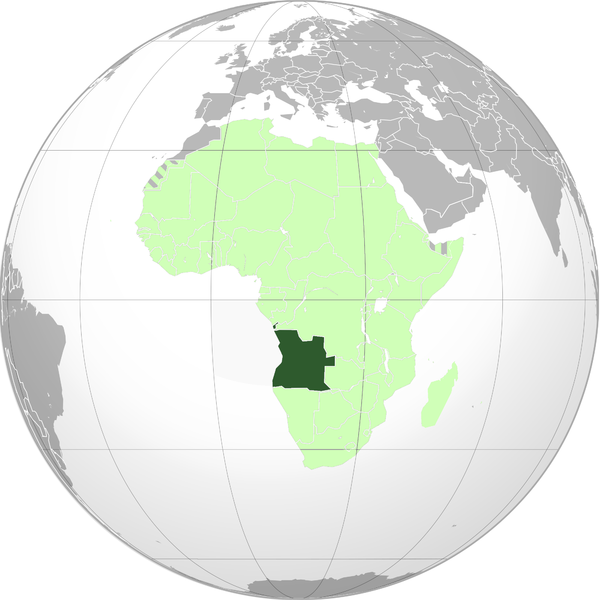The mosquito borne viral disease, yellow fever, has caught the attention of health authorities world wide and the focus remains on Angola.

Since early December, the Ministry of Health has reported a total of 3137 suspected cases of which 847 are laboratory confirmed. The total number of reported deaths is 345, of which 112 are reported among confirmed cases.
Suspected cases have been reported in all provinces, and confirmed cases have been reported in 16 of the 18 provinces, while Luanda and Huambo remain the most affected provinces.
Three countries have reported confirmed yellow fever cases imported from Angola: Democratic Republic of the Congo (53 cases), Kenya (two cases) and People’s Republic of China (11 cases).
The yellow fever outbreak in Democratic Republic of the Congo (DRC) was officially declared in April. Of the 61 confirmed cases, 53 are imported from Angola, two are sylvatic cases in Northern provinces, and six local transmission cases in Ndjili, Kimbanseke and Kisenso districts (in Kinshasa), in Matadi (Kongo Central) and in Kwango province.
In addition to Angola and DRC, Republic of Congo reported two suspected cases last week and Ghana has reported four suspected cases.
In Ethiopia, 22 suspected yellow fever cases, including five deaths and in Uganda, 68 suspected cases of yellow fever not linked to Angola have been reported in seven districts.
The outbreaks in Angola, Uganda and DRC have taken its toll of yellow fever vaccine supplies. Almost 18 million doses had been distributed for emergency vaccination campaigns in the 3 countries.
“Right now we have enough vaccines in the global stockpile to cope with the ongoing outbreaks if there are no further extensions”, said Jon Abramson, chair of the WHO Strategic Advisory Group of Experts (SAGE) on Immunization.
This potential reality has prompted SAGE to giving lower doses of the vaccine, one fifth of the regular dose, as a short-term measure in case of an emergency.
Experts say existing evidence that demonstrates that using a fifth of a standard vaccine dose would still provide protection against the disease for at least 12 months and possibly much longer.
Related:


5 thoughts on “Yellow fever in Africa: Case and country update, Lower doses of yellow fever vaccine”